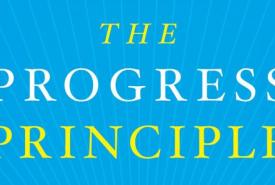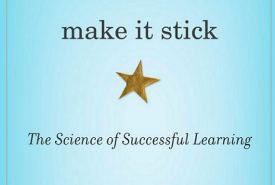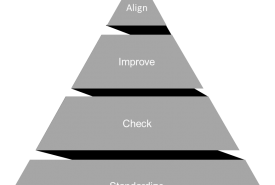Prevent a Burn out (3/3): Interventions on Organizational Level
So far, we have discussed what a burn-out is, where it comes from, and how we can deal with our own perceptions of stress on a personal level. This part will be about what you as a manager can do to reduce the stress that is perceived at work, which can lead to burn-outs. With the help of many books I have read, this article will describe four areas of attention for a manager to help prevent burn outs in the team.














